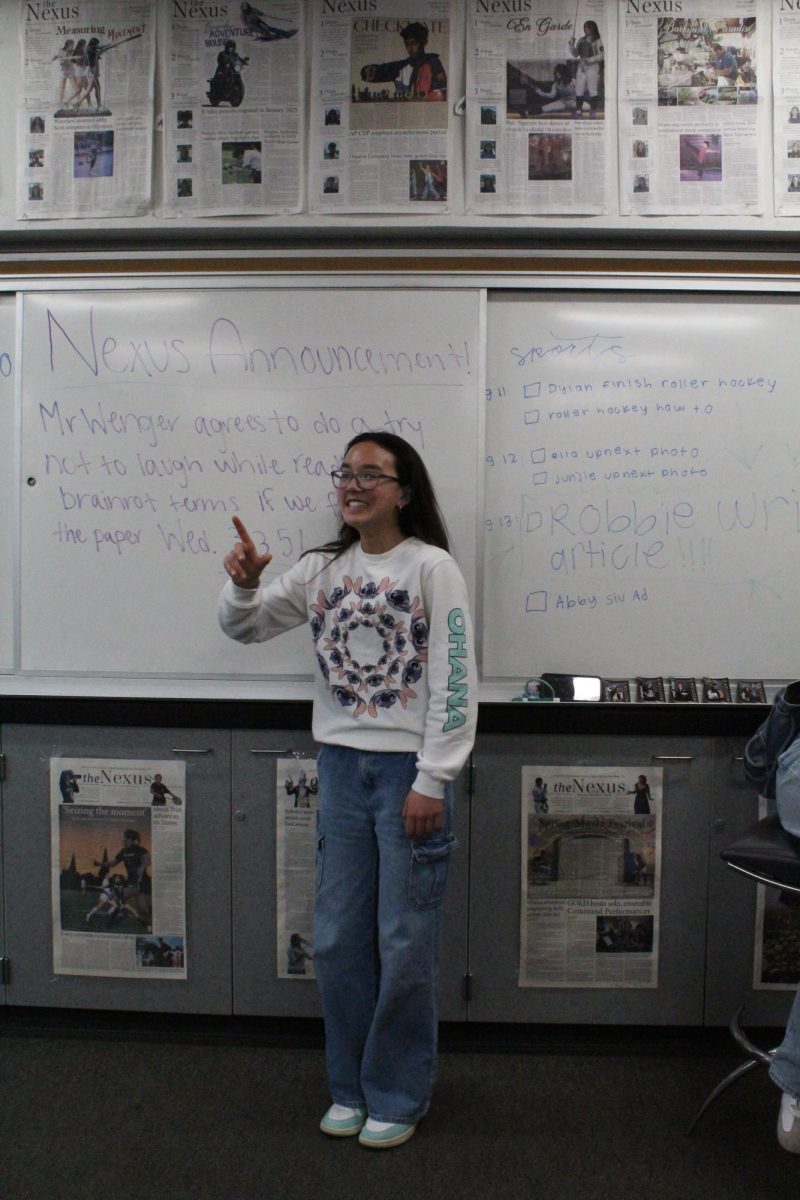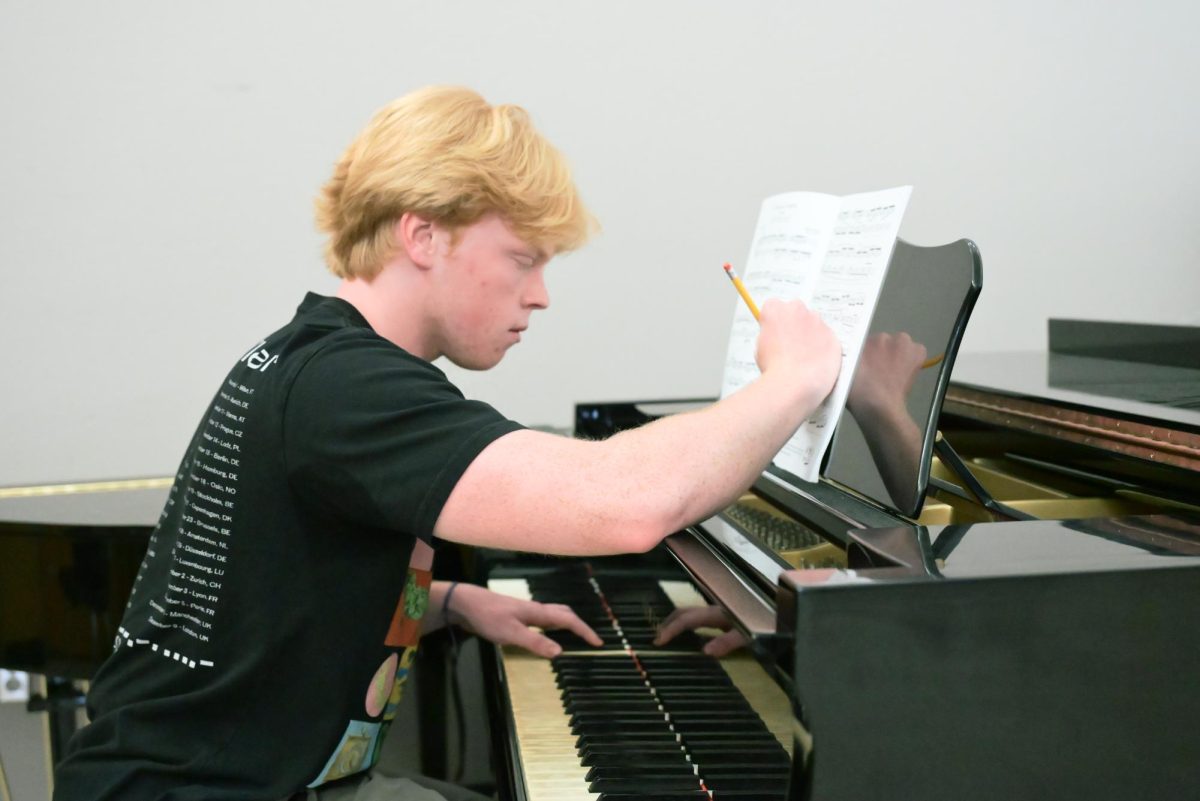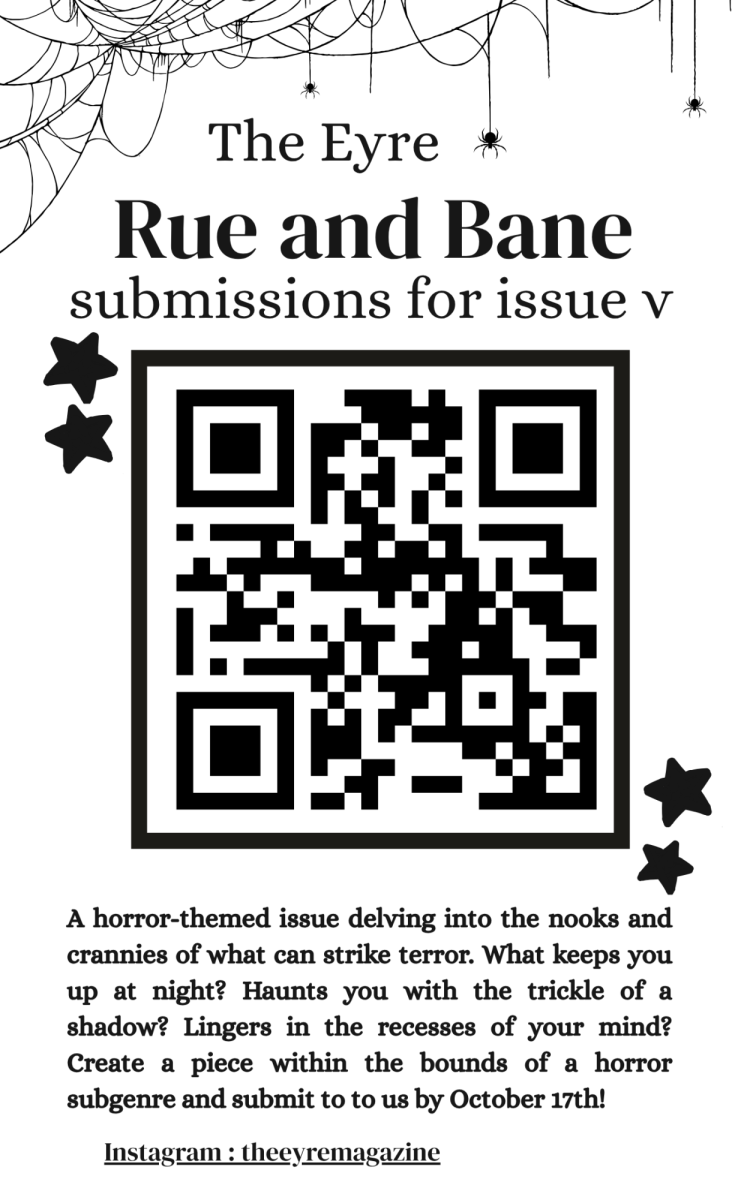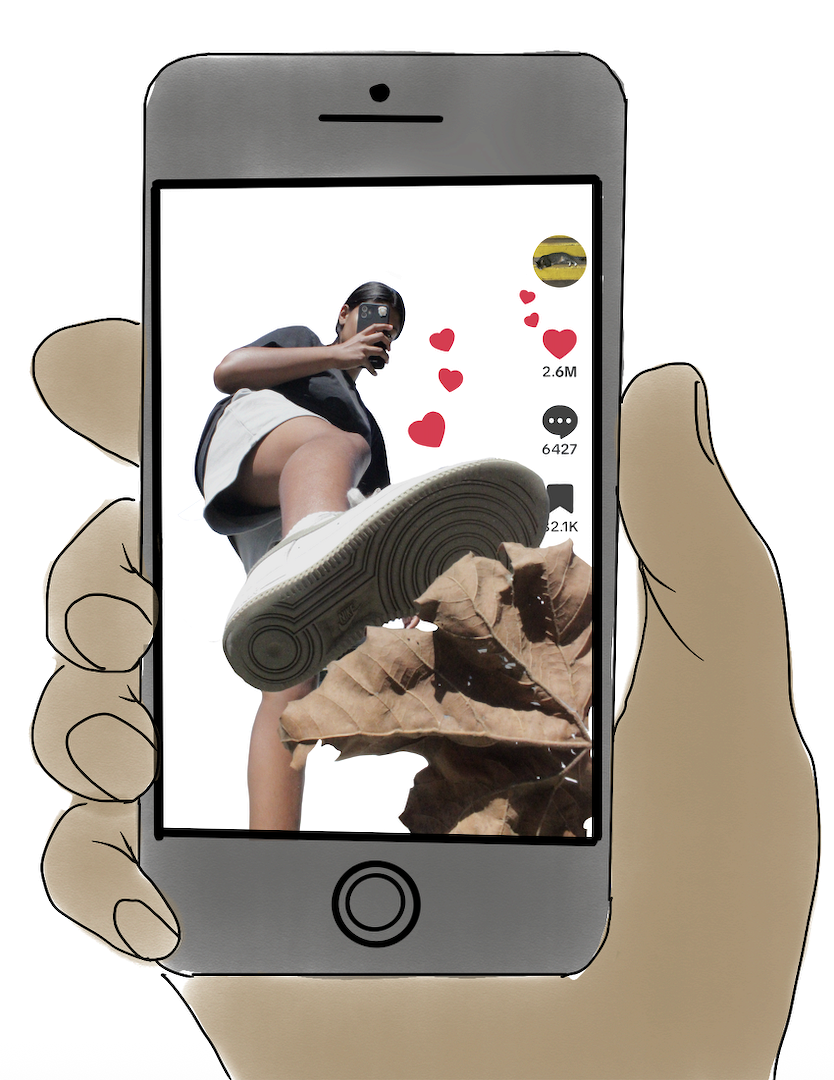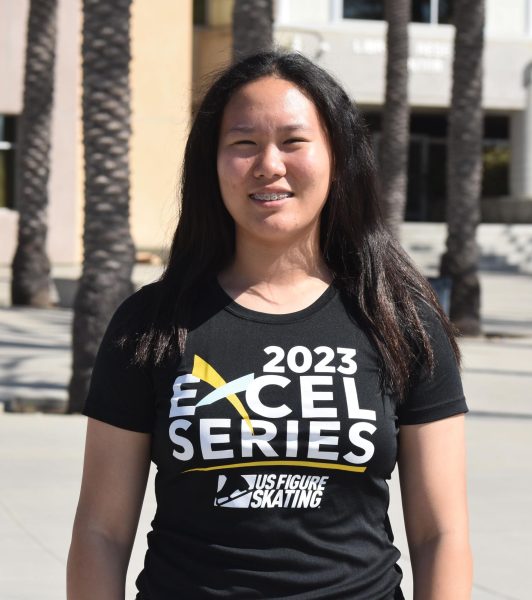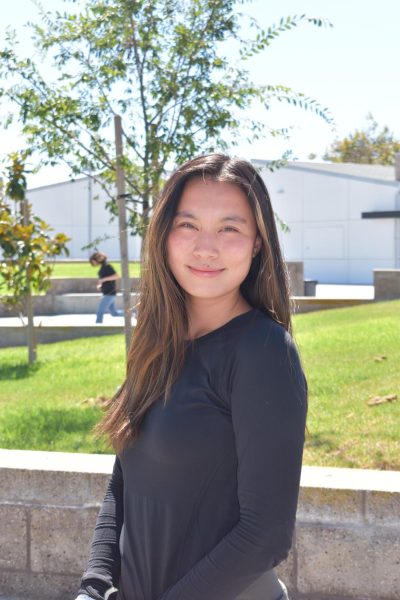ASL Club President Kiana Lee (10) stood in front of members of the ASL and Best Buddies clubs, seamlessly clenching her fist into the sign for the letter “A.” Next, she folded her thumb over an open palm for the letter “B.” The other students watched intently, mirroring her motions as she patiently showed them how to form the sign for each letter in the alphabet step by step. Alongside her club members once a month, Lee leads a class on ASL for the special education students and Best Buddies Club.
Lee has been partially deaf since she was born and started learning ASL at 13. In her freshman year, Lee joined the ASL Club and quickly became involved.
“I thought the ASL Club could be a place for me to advocate for myself and teach others about who I am and some of the aspects of deaf culture and the hard of hearing culture,” Lee said.
Through the process of teaching others ASL, Lee said she has realized that many people don’t know much about the language or the behaviors behind it, which furthers her desire to educate others.
“What most people don’t realize is that ASL is an actual language and it has its own grammar structure,” Lee said. “We think differently, so sometimes I’ll think in English and sometimes I’ll think in sign. In ASL, our tone comes from our facial expressions and our body language.”
According to Lee, it wasn’t easy for her growing up as being hard-of-hearing impacted her daily decisions and lifestyle.
“Even just in our upcoming classes, I have to really think about if I need to take an online version or if if I’m going to be okay doing it in person because of [whether] I am going to be able to hear the teacher, be okay with sitting in the classroom, [or get] all the information I need,” Lee said.
Because Lee has been hard of hearing since birth, she said she has learned to adapt to the struggles she faces and how ASL has been a big part of that journey.
“In a way, learning ASL is really helpful because I have what we call progressive hearing loss,” Lee said. “It’s a very slow curve, but way in the future, it looks like I’m not gonna have any hearing, so learning ASL now and getting comfortable with it will help me later on.”
Her experience inspired her to give back, spending her time speaking out and educating others about the deaf and hard-of-hearing population. Lee uses her unique position as someone partially hearing to advocate for those in the deaf community through teaching ASL to elementary schoolers and the Youth Academic Programs Association, which provides online ASL lessons for kids.
“I do a lot of volunteering and outreach, especially for the deaf community,” Lee said. “I have two different brains: an ASL brain and then an English brain. So I can advocate for our deaf community to the hearing world.”
Lee said the way she deals with people’s judgment of her disability has changed over time.
“Middle school was when I really started to notice that people would judge me,” Lee said. “That’s when I realized maybe I need to step into this advocacy world so I can tell other people [that] just because I have hearing aids does not make me any less valuable than anybody else.”
Looking back, Lee said that her hardships taught her important lessons. Being partially deaf forced her to learn differently. When playing the cello, she has to keep in mind that her hearing is different from most of the people around her and communicate that to her conductors and fellow musicians.
“When learning an instrument, you have to have really good intonation and really recognize your notes,” Lee said. “But my understanding of notes changes every single time I change my hearing aids.”
Because Lee has been forced to overcome challenges during school, her daily life, and in her personal passions Lee said she believes she has learned important life lessons and finds that the struggle makes the outcome even better.
“It makes the whole journey really rewarding,” Lee said. “I see my progress and that really motivates me to continue playing.”
She has found that being hard-of-hearing has given her a better mindset when approaching obstacles in her daily life.
“Now that I have developed a mindset and skills to help me advocate for [my] community, those learning experiences are definitely something I still look back on and use today,” Lee said. “When I go to different schools or teach my ASL classes to the ASL Club, I bring in those experiences, mention it and explain some of the challenges we face and how it ties into what you can do to help.”


